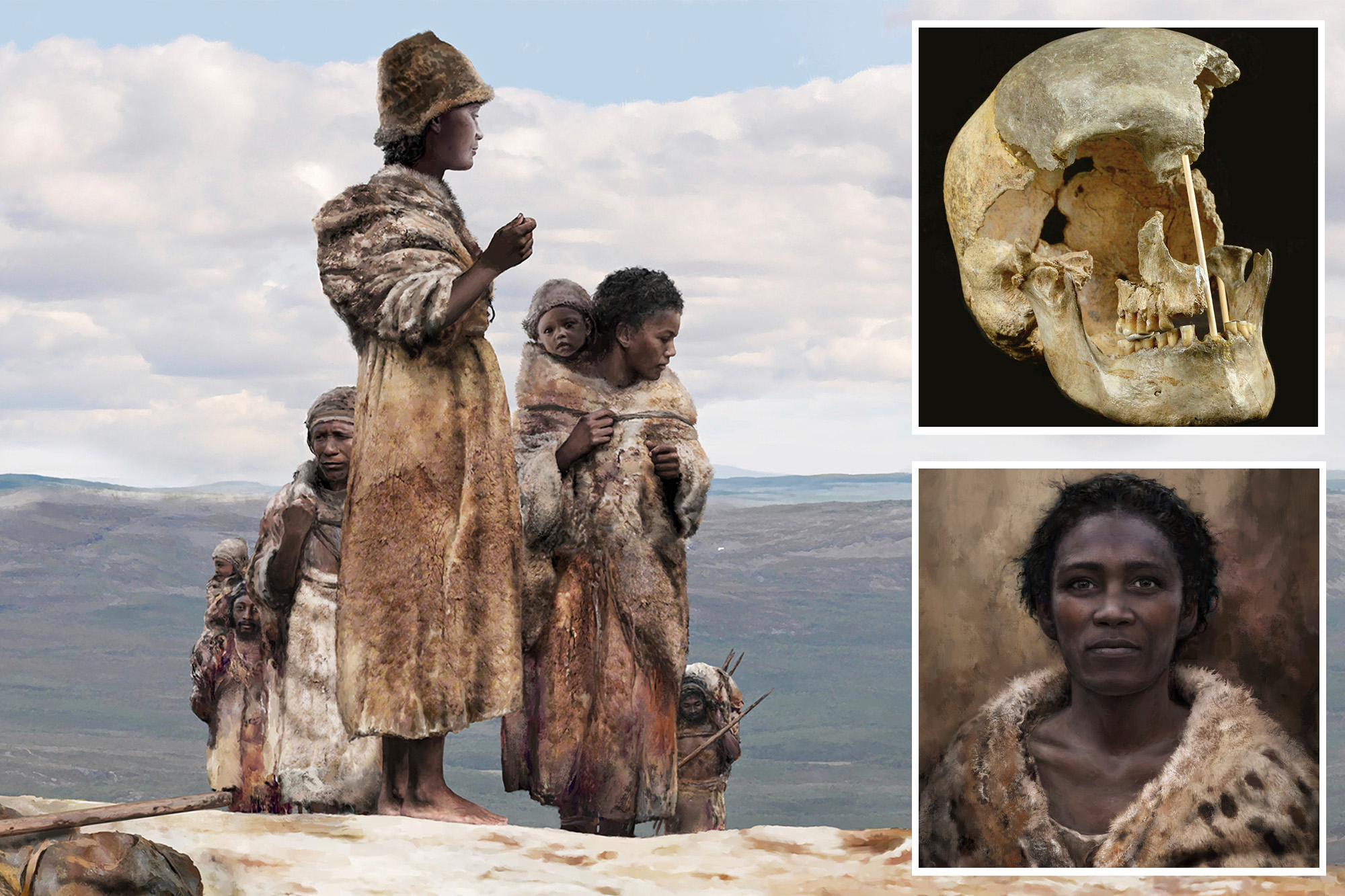Ancient Genes Reveal When Humans and Neanderthals Intermingled

Imagine a time over 45,000 years ago when our ancestors crossed paths with their mysterious counterparts, the Neanderthals. These meetings, filled with intrigue and perhaps unexpected alliances, left an indelible mark on our genetic blueprint. As scientists delve into the past, they unravel stories from our DNA, shedding light on a time when two distinct human groups intermingled in ways that would shape future generations. It’s a fascinating journey through the corridors of time, connecting us to our ancient relatives.
My interest in human history often draws me to the tales our genes tell. Like many of you who enjoy cooking up a storm in the kitchen, I find that understanding where we come from can add layers of flavor to our current lives. Just as we mix ingredients to create something new and delightful, our genetic history is a blend of past encounters that have contributed to who we are today. Join me as we explore this compelling narrative of human and Neanderthal interactions.
In this post, we’ll dive deep into recent scientific discoveries about these ancient connections. We’ll trace how researchers used genetic data to pinpoint the timeline of these encounters and discuss what it means for our understanding of human evolution. So, let’s embark on this intriguing exploration together, unraveling the mysteries hidden within our very DNA.
Key Takeaways
- Recent studies suggest humans and Neanderthals interbred around 45,000 years ago.
- Genetic analysis from ancient remains provides insights into these interactions.
- The intermingling has left a lasting impact on modern human genetics.
- Neanderthal genes influence traits related to immunity, metabolism, skin color, and more.
The Genetic Journey Back in Time
The story begins with researchers examining ancient bones and genetic samples. They aimed to determine precisely when humans and Neanderthals shared intimate moments that would forever alter their genetic landscapes. By analyzing genes from remains found in Europe, scientists could trace back to a window of time approximately 45,000 years ago. This period is slightly more recent than previous estimates, providing fresh insights into when these two groups might have mingled.
Using advanced techniques, scientists analyzed DNA sequences from an ancient skull discovered in the Czech Republic and bone fragments from Germany. These fragments contained traces of Neanderthal DNA that helped establish the timeline for interbreeding events. Such findings highlight how modern technology can unlock secrets buried deep within our genetic code, offering glimpses into encounters long lost to history.

The woman’s skull from the Czech Republic—known as Zlatý kůň or Golden Horse—was instrumental in piecing together this genetic puzzle. Found on a hill in Europe, it became a focal point for researchers seeking clarity on human-Neanderthal interactions. Alongside other European samples, it provided crucial data that pinpointed when these two groups might have met and mingled along their migratory paths.
The Legacy of Neanderthal Genes
One of the most intriguing aspects of this research is understanding how Neanderthal genes continue to influence modern humans. In addition to establishing timelines for interbreeding, scientists also uncovered traits passed down through generations. These include characteristics related to immunity and metabolism—features that may have aided early humans as they adapted to life outside Africa.
Our DNA still carries echoes from those ancient interactions. Traits like skin color variations or even nose shape can be traced back to Neanderthal ancestry. This legacy reminds us how interconnected our evolutionary journey is with other human species that once roamed Earth alongside us but have since vanished into extinction’s shadows.

Piecing Together Our Ancestral Puzzle
The quest doesn’t end here; there’s much more waiting beneath the surface as scientists continue exploring what makes us who we are today. Future studies hold potential answers about other extinct cousins like Denisovans—another group intertwined within humanity’s complex lineage—and their contributions toward shaping present-day populations worldwide.
Rick Potts from Smithsonian’s Human Origins program emphasizes how these discoveries fuel ongoing curiosity: “Of many compelling areas of scientific inquiry,” he remarks thoughtfully – “one is simply: well… who are we?” As researchers piece together intricate facets woven throughout centuries past via genetic threads linking disparate peoples across continents–a clearer picture emerges revealing shared histories beyond imagination alone could conjure up without science’s guiding hand illuminating paths forward while honoring rich tapestries defining humanity itself one discovery at time!

Final Thoughts
This journey through ancient genetics offers profound insights into our shared heritage with Neanderthals—a reminder that today’s diversity stems partly from yesterday’s unions between different human species forging bonds across millennia against all odds! As you ponder these revelations while preparing your next culinary masterpiece consider blending flavors anew inspired by tales told within each bite reminding us always celebrate diversity inherent within every spoonful savored lovingly around tables everywhere bringing people together just like those long-ago meetings did so many thousands years back ensuring survival yet again…
